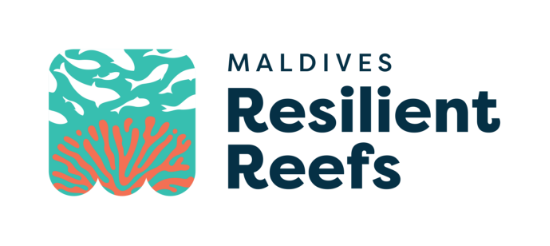| Biological diversity | The variety of living things. |
| Ecosystem | All living things and the physical environment they live in. |
| Food chain | Shows how plants and animals get their energy. Begins with the sun and ends with an apex predator. |
| Apex predator | The top predator within a food chain. It does not have any natural predators of its own. |
| Mesopredator | A predator in the middle of the food chain. |
| Invertebrates | Animals without a backbone, for example octopus, sea cucumbers, lobsters, shells. |
| Herbiverous Fish | A fish that feeds on low-lying algae. |
| Bleached coral | When corals become white because they have expelled the algae that live in their tissues. |
| Overfishing | When fish are being caught faster than they can reproduce and so the population declines, or the stock is depleted in a specific area. |
| Spawning aggregation | Where large numbers of fish gather together to produce the next generation. |
| Ocean acidification | The process by which the ocean is becoming more acidic due to carbon dioxide being absorbed. |
| Skewed sex ratio | Where the number of males and females is not even. |
| Fecund/fecundity | The ability to produce offspring. |
| Sustainable | Allowing something (such as, fisheries) to continue into the future. Ensuring that resources are used in a responsible way. |
| Spillover effect | Where fish from within a protected area cross over the boundary and enrich surrounding unprotected areas. |
| Bycatch | A fish or marine creature caught unintentionally while fishing for another marine species. |
| Nitrogen | A common chemical element that is essential for all life on earth. |
| Cyanobacterium | A type of bacteria that creates energy though photosynthesis. |
| Algal bloom | A rapid increase in algae, often causing the water to change colour, oxygen levels to drop and toxins to increase. |
| Dead zones | An area where the oxygen is so low that marine life dies. |
| Eutrophication | When water becomes too high in nutrients (e.g. nitrogen). This is often indicated by algal blooms. |
| Climate change | The long-term shifts in temperature and weather patterns around the world |
| Fossil fuels | For example, oil, coal and natural gas. These are formed over many years from the remains of living organisms |
| Greenhouse gas | Gasses in the earth’s atmosphere that trap heat, for example carbon dioxide (CO2) |
| Groundwater | Water stored underground, in soil or rock |
| Phytoplankton | Microscopic marine algae |
| Blue Carbon | Carbon found in marine ecosystems |
| Ecotourism | A form of responsible tourism that considers the natural environment and local people |
| Citizen Science | Research conducted by the general public, often as part of a larger programme |
| GDP, Gross Domestic Product | All the goods and services produced in a specific time period by a country |
| Code of conduct | A set of voluntary rules and guidelines for a certain activity |

